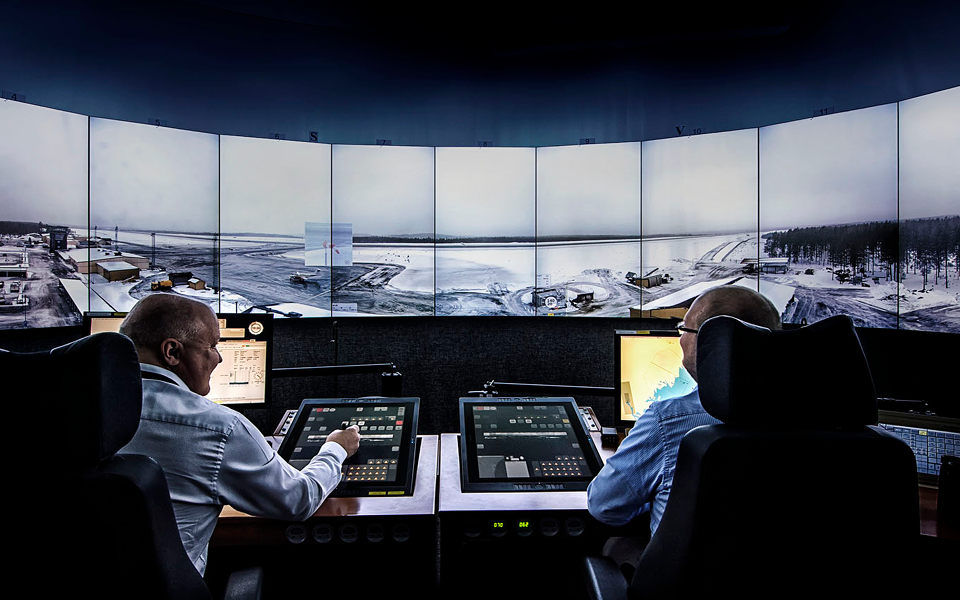Remote tower technology, where the air traffic control service for an aerodrome is provided from a remote location, has the potential to revolutionise the job of the air traffic controller and air traffic management in general. Although technology is at a stage where all the information required to remotely provide an air traffic control service for an aerodrome can be provided, the regulatory framework has not developed at the same pace.

As an example, ICAO Doc 4444 (PANS-ATM) does not include the concept of providing an aerodrome service remotely. In addition, the discussion is very much open about the type of remote tower operations that should be implemented or even whether the current licencing of aerodrome air traffic controllers can apply in the case of remote tower operations.
In order to address the issues above, GATCO is going to work with the UK Civil Aviation Authority (CAA) on the development of a remote tower policy. The resulting policy will set the framework in which remote tower operations should be implemented in the UK, taking into account technological, professional and social aspects. From a technological point of view, more pressure is going to be put on the IT and communications infrastructure in terms of speed, reliability, resilience and cybersecurity. Professionally, it remains to be seen whether a new licence rating will be required. Socially, we have seen examples in Scandinavia and Germany where the prospect of a remote tower and the required relocation has been welcomed by the air traffic controllers affected.
From GATCO’s perspective, the starting point in this collaboration with the CAA is IFATCA policy, which GATCO and other controllers’ associations around the world (some of them with remote towers currently in operations) have helped to develop in recent years. Currently, IFATCA policy is:
- ATCOs shall not be required to provide a Remote and Virtual tower service for more than one aerodrome simultaneously.
- Separation standards and procedures for Remote and Virtual Towers shall be developed or adapted and implemented based on a robust safety case and the demonstrated capabilities of the system.
- Standards, procedures and guidance for Remote and Virtual Towers are required.
- Remote and Virtual tower systems should be capable of providing the same service level as an aerodrome control tower; partial aerodrome control service configurations are undesirable.
Although the above policy can be applied to current operations, the clause stating that air traffic controllers shall not provide a remote and virtual tower service to more than one aerodrome simultaneously can be at odds with future practice and might require further investigation. The Irish Aviation Authority has carried out trials in which it claims to have validated the capability for single air traffic controller operation of multiple remote towers here.
GATCO is committed to developing and advancing our profession in the safest manner possible, embracing tools and technologies which improve the aviation system. As such, in this collaboration with the CAA, GATCO will make sure that agreed standards are being met, appropriate procedures developed and thorough training carried out to ensure the profession of the air traffic controller is not negatively affected.
